A variable area flow meter is one where the fluid must pass through a restriction whose area increases with the flow rate.
This stands in contrast to flow meters such as orifice plates and venturi tubes where the cross-sectional area of the flow element remains fixed.
Variable Area Flow Meter
The simplest example of a variable-area flowmeter is the rotameter, which uses a solid object (called a plummet or float) as a flow indicator, suspended in the midst of a tapered tube:
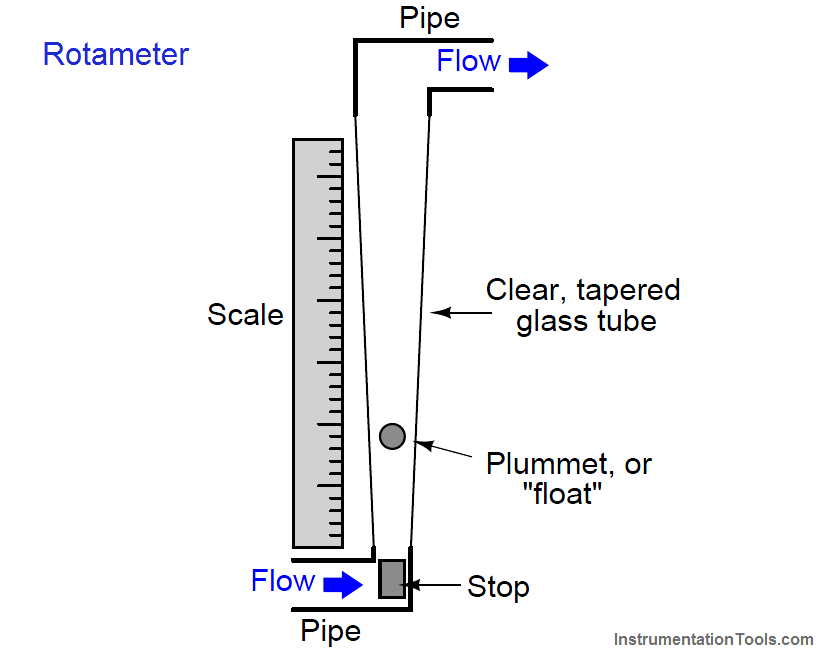
As fluid flows upward through the tube, a pressure differential develops across the plummet. This pressure differential, acting on the effective area of the plummet body, develops an upward force (F = PA). If this force exceeds the weight of the plummet, the plummet moves up.
As the plummet moves farther up in the tapered tube, the area between the plummet and the tube walls (through which the fluid must travel) grows larger. This increased flowing area allows the fluid to make it past the plummet without having to accelerate as much, thereby developing less pressure drop across the plummet’s body.
At some point, the flowing area reaches a point where the pressure-induced force on the plummet body exactly matches the weight of the plummet. This is the point in the tube where the plummet stops moving, indicating flow rate by it position relative to a scale mounted (or etched) on the outside of the tube.
Rotameter
The following rotameter uses a spherical plummet, suspended in a flow tube machined from a solid block of clear plastic. An adjustable valve at the bottom of the rotameter provides a means for adjusting gas flow:
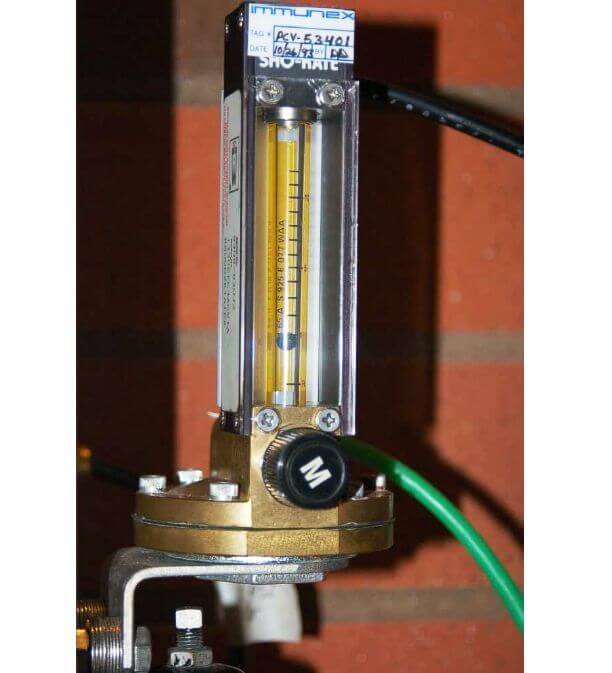
The same basic flow equation used for pressure-based flow elements holds true for rotameters as well:

However, the difference in this application is that the value inside the radicand is constant since the pressure difference will remain constant (Note) and the fluid density will likely remain constant as well. Thus, k will change in proportion to Q. The only variable within k relevant to the plummet position is the flowing area between the plummet and the tube walls.
Note: If we know that the plummet’s weight will remain constant, its drag area will remain constant, and the force generated by the pressure drop will always be in equilibrium with the plummet’s weight for any steady flow rate, then the relationship F = PA dictates a constant pressure.
Thus, we may classify the rotameter as a constant-pressure, variable-area flow meter. This stands in contrast to devices such as orifice plates, which are variable-pressure, constant-area. Most rotameters indicate devices only. They may be equipped to transmit flow information electronically by adding sensors to detect the plummet’s position in the tube, but this is optional.
Rotameters are very commonly used as purge flow indicators for pressure and level measurement systems requiring a constant flow of purge fluid. Such rotameters are usually equipped with hand-adjustable needle valves for manual regulation of purge fluid flow rate.
If you liked this article, then please subscribe to our YouTube Channel for Instrumentation, Electrical, PLC, and SCADA video tutorials.
You can also follow us on Facebook and Twitter to receive daily updates.
Read Next:
- Fixed Area Flow Meters
- Liquid-In Glass Thermometer
- Basics of Venturi Flow Meter
- Multi-phase Flow Meter
- Turbine Meter Verification
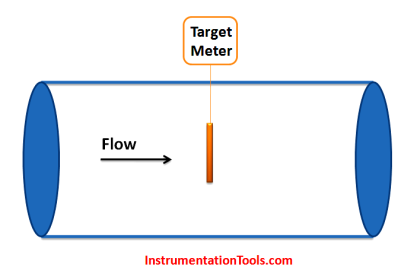
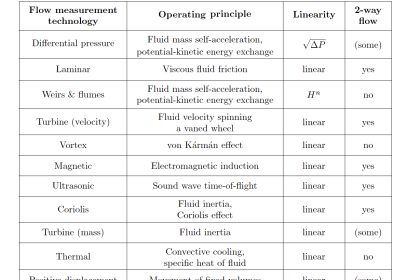
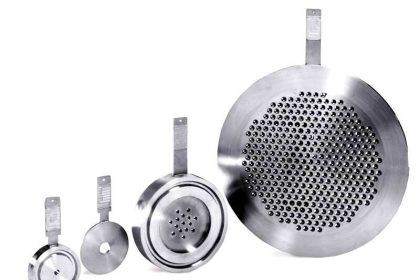



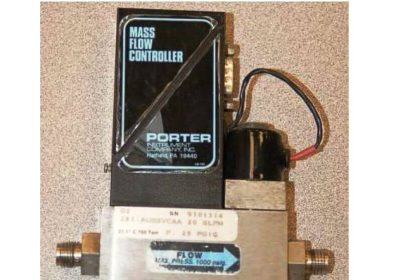

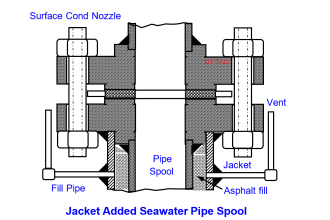
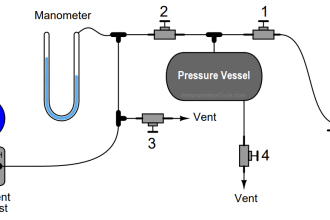

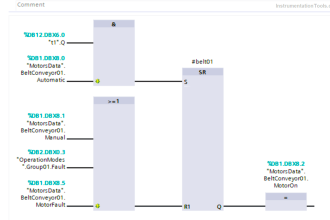
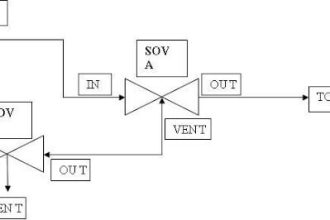
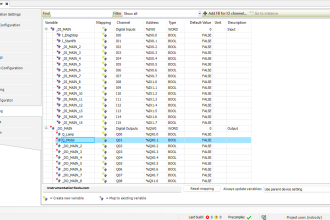
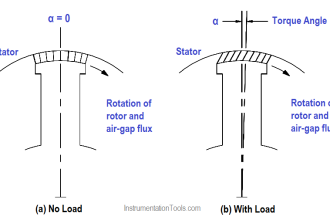


Variable Area Flow Meter is also called rotameter , great and reliable flow measuremnt device.